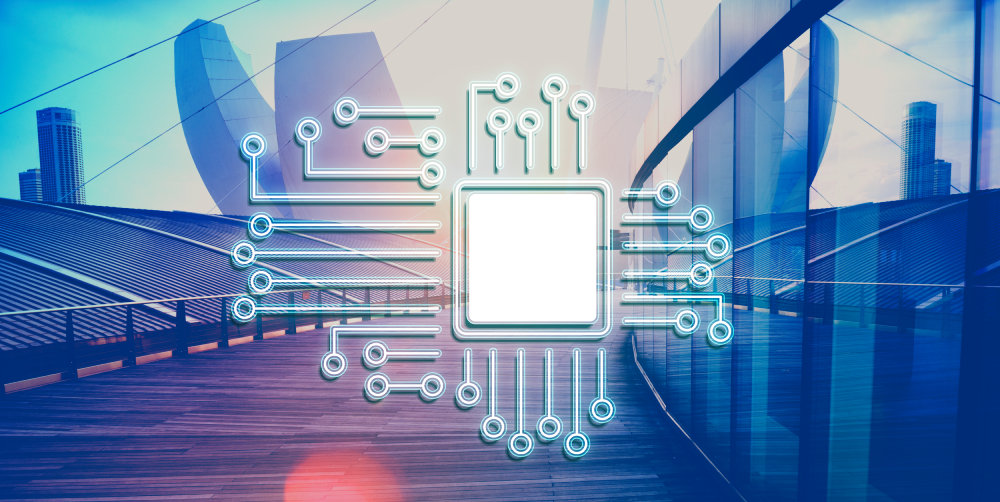A Comparison of Performance and Efficiency
Introduction
In the fast-paced world of technology, staying up-to-date is crucial, especially in the realm of processors where innovations and performance are constantly advancing. In this article, we will take a detailed look at Intel’s latest processors and compare their performance and efficiency. The information provided is based on the most recent developments from around the globe.
Current Developments in Processor Technology
Intel’s 14th Generation Processors
Intel recently unveiled its 14th generation processors, known under the codename “Meteor Lake.” These new chips bring numerous improvements, including enhanced performance, increased energy efficiency, and advanced features.
The Meteor Lake processors represent the first generation based on Intel’s Intel 4 process technology. This technology enables higher transistor density, which leads to improved processing speeds. The processors are capable of handling demanding tasks efficiently and offer remarkable multithreading performance.
Performance Gains Compared to the Previous Generation
Compared to the 13th generation processors (“Raptor Lake”), the Meteor Lake processors offer significant improvements. The single-core performance has been greatly enhanced due to the new cores and architecture. This results in faster processing speeds and better performance for everyday tasks.
The multithreading performance has also been optimized. The new processors can handle multiple tasks simultaneously more efficiently. This is particularly beneficial for applications that utilize multiple threads, such as video editing software or 3D modeling programs.
Energy Efficiency and Thermal Performance
In addition to performance improvements, energy efficiency is a central focus of the new processors. Intel has made significant investments in reducing power consumption. This results in better device longevity and reduced operating costs.
The new processors feature enhanced thermal management. This means they generate less heat during intensive tasks. This not only benefits system stability but also extends the hardware lifespan.
Comparing Processors: Intel Core i9 vs. Intel Core i7
To provide a precise comparison of performance and efficiency, let’s look at two specific models: Intel Core i9-14900K and Intel Core i7-13700K.
Intel Core i9-14900K
The Intel Core i9-14900K is a high-end processor designed for demanding applications and gaming. With 24 cores and 32 threads, this processor offers exceptional multithreading performance. The base clock speed is 3.6 GHz, while the boost clock speed reaches up to 5.8 GHz.
The i9-14900K provides outstanding single-core performance, which is particularly noticeable in high-intensity applications. Benchmarks show a remarkable performance boost compared to its predecessor.
Intel Core i7-13700K
The Intel Core i7-13700K is aimed at high-performance users seeking a balanced mix of performance and efficiency. With 16 cores and 24 threads, this processor offers solid multithreading performance. The base clock speed is 3.4 GHz, with a boost clock speed of up to 5.4 GHz.
The i7-13700K provides strong performance for medium- to high-intensity use. It is ideal for users who need powerful applications but do not require top-tier performance.
Technological Innovations in the New Processors
New Architecture and Manufacturing Process
The new architecture of the Meteor Lake processors brings significant technological innovations. Intel uses a modular architecture, allowing for flexible performance adjustments. This means different processor blocks can be optimized for specific tasks.
The new Intel 4 technology manufacturing process improves transistor density and reduces power consumption. This results in better processing speeds and energy efficiency.
Artificial Intelligence and Machine Learning
Intel has also invested in Artificial Intelligence (AI) and machine learning. The new processors include specialized AI accelerators that speed up the processing of AI applications. This enables faster data analysis and smarter applications.
Improved Integration and Connectivity
The new processors offer enhanced integration and connectivity. They support PCIe 5.0 for faster data transfers and feature improved memory bandwidth. This leads to better system performance and more responsive applications.
Market Comparison and Competitive Analysis
AMD vs. Intel: A Processor Comparison
Compared to AMD processors, Intel’s new Meteor Lake processors offer several advantages. AMD processors are known for their strong multithreading performance, but Intel’s new core architecture has made significant strides in this area.
While AMD processors often provide a better price-to-performance ratio, the latest Intel processors excel with higher energy efficiency and powerful single-core performance.
Price-to-Performance Ratio
The price-to-performance ratio of the new Intel processors is a key factor. The Intel Core i9-14900K and i7-13700K deliver excellent performance for their price. Compared to previous models and competing products, these processors represent a solid investment.
Future Outlook
Future Trends in Processor Development
Processor development will continue to be shaped by advanced technologies and innovations. Future generations may be even more powerful and efficient, with further improvements in AI and cloud computing.
Conclusion
In summary, Intel’s latest processors offer significant improvements in performance and energy efficiency. The Meteor Lake processors set new benchmarks in processor development and provide strong competition in the market. The Intel Core i9-14900K and i7-13700K are excellent choices for performance-oriented users and offer a great price-to-performance ratio.
Stay tuned for more technology news and updates on getnewupdates.com!













